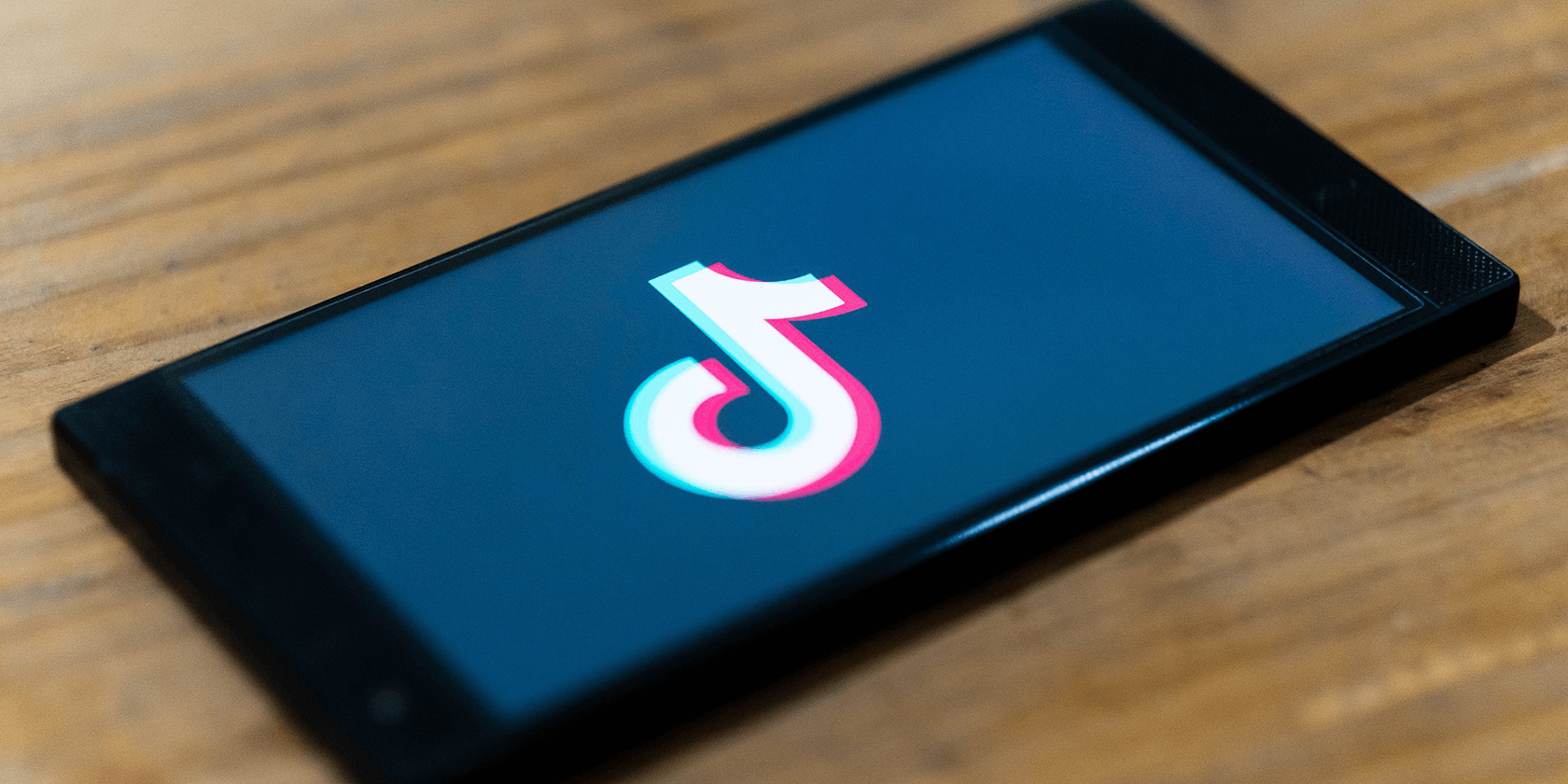TikTok is picking up a new capability that will automatically generate captions after a video has been uploaded or recorded. This is an accessibility-focused feature meant to make videos easier to follow along, especially for deaf and hard of hearing viewers.
Auto Captions Are Coming to TikTok
After adding a handy text-to-speech feature to TikTok last year, the company is now introducing automatic captions in American English and Japanese first, with additional language support due "in the coming months."
According to the announcement on the TikTok Newsroom:
Auto captions automatically generate subtitles, allowing viewers to read or listen to content. As creators make content, they can select auto captions in the editing page after they've uploaded or recorded a video so that text is automatically transcribed and displayed on their videos.
Creators can edit captions once they're automatically generated to fix any mistakes and viewers can turn them off at will through a dedicated Captions button in the share panel.
Before this change, creators who wanted to make their videos more accessible had to manually create subtitles for their clips. With auto-captions launching on TikTok, having to manually type out captions is slowly but surely becoming a thing of the past.
While primarily focused on people who are deaf or hard of hearing, this feature should be great for scrolling through your feed on mute. That being said, however, it should be noted that creators can decide whether to enable captions for their videos in the first place.
Other Accessibility Features on TikTok
TikTok has also highlighted previous improvements helping those with visual impairments:
- An animated thumbnail that replaces animated thumbnails with static images.
- A creator warning that notifies creators when they produce videos with effects that could trigger photosensitive epilepsy.
- A photosensitivity feature allows users to skip photosensitive content, which can be harmful to people with epilepsy.
- A text-to-speech feature that converts text to voice.
TikTok says it's working on other features to make the app accessible to all people.
Automatic Transcription in Popular Apps
TikTok is hardly the first major app to use automatically-generated captions.
YouTube has had automatically-generated captions for some time now. The same goes for Google's Android software which offers a Live Caption feature on compatible devices. As of recently, Chrome can auto-caption audio and video played through the browser.
Instagram is also adding an auto-caption feature of its own to Stories. Other major apps support similar features, including video conferencing software Zoom and Google Meet.
This is all possible thanks to recent advancements in artificial intelligence and machine learning making speech-to-text much more reliable and accurate than just a few years ago.

